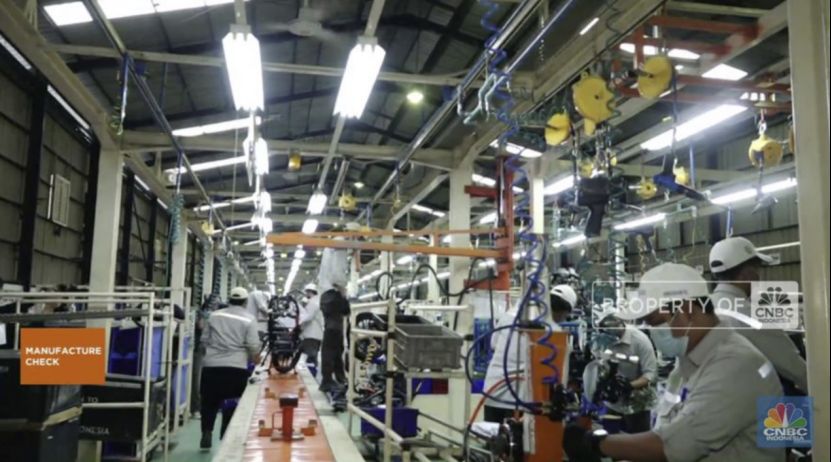Indonesia's manufacturing expansion creates more new jobs

The Ministry of Industry confirmed the national industrial growth rate of 5.60% in the second quarter of 2025, which was validated by valid indicators, including the Industrial Confidence Index (IKI), Bank Indonesia Manufacturing Purchasing Managers' Index (PMI BI), investment and industrial export data.The Ministry of Industry emphasizes that it only uses the IKI and PMI BI as the basis for policy formulation (which is more accurate and comprehensive as it covers a larger number of respondents), and does not use the data published by S&P Global.Manufacturing PMI, which is used as a general reference only. The Central Statistical Office (CSO) releases accurate data on economic and manufacturing growth and the IKI and PMI BI show that the manufacturing sector continued to be in an expansionary phase in the second quarter of 2025 (with indices higher than 50), and investment spending in the manufacturing sector is on an upward trend.In the first half of 2025, 1,641 firms built new production facilities with a total investment of Rp 80,332 trillion, as reported through the National Industrial Information System (NIIS). The industrial expansion directly led to the creation of about 303,000 new jobs, much higher than the number of layoffs reported by other sectors or employers' associations.In the first half of 2024, the Ministry of Labor recorded 42,385 layoffs, an increase of 32.191 TP3T from the same period of 2023 (32,064 in the same period of 2023).The number of layoffs in June 2025 was 1,609, lower than the May figure of 4702; with West Java accounting for the highest share of layoffs at 28.591 TP3T.A spokesperson for the Ministry of Industry said that manufacturing growth would be further enhanced if policies favorable to the industry were implemented, with specific recommendations including controlling imports of finished products; shifting ports of entry for imported finished products to ports in eastern Indonesia; securing raw material supplies (especially gas feedstock for specific industries); and reducing bonded zone industrial product quotas for entry into the domestic market.

